Search for lenses, articles and help

Originally from Spain, Dani discovered his love for visual storytelling during his university days in California. What began as an academic pursuit quickly turned into a calling; cinematography became the language through which he interpreted the world. Today, Dani is regarded as one of the most sought-after international cinematographers in Telugu and Tamil cinema, known for transforming stories into emotionally resonant visual experiences.
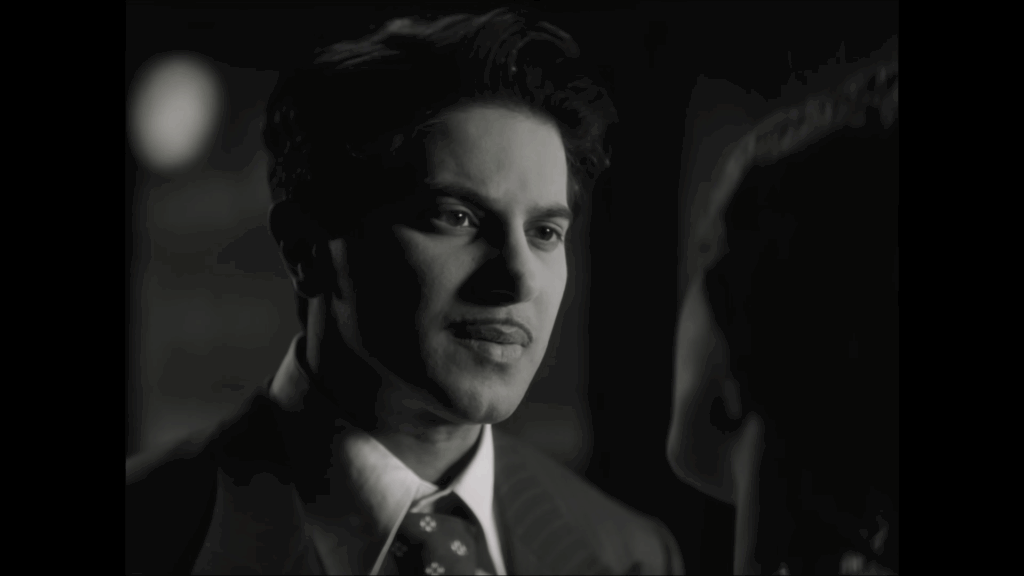
His Indian journey began unexpectedly. Dani remembers long evenings in Versova with director Chaitanya Tamhane, dreaming of his first Indian project. Later, films like Nag Ashwin’s Mahanati and Guna Shekhar’s Hiranya introduced him to the cultural and artistic richness of the region. Dani has since embraced India deeply its diversity, its energy, and its food, especially South Indian dishes like dosa and the seafood of Tamil Nadu, all of which he says fuel his creativity.
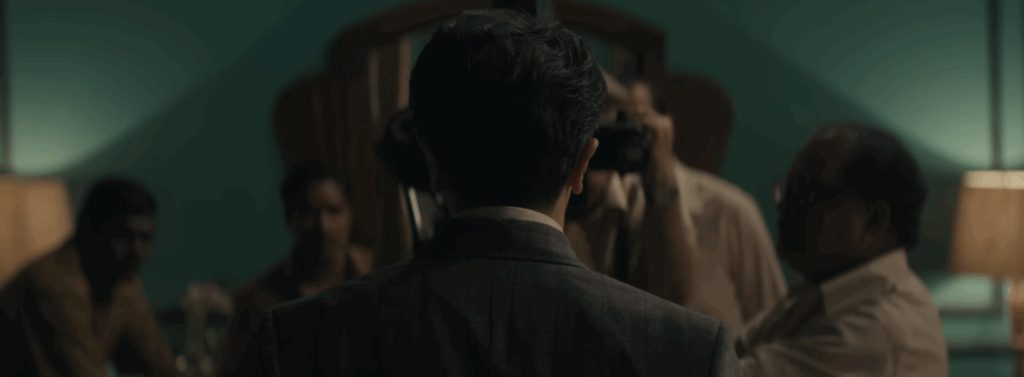
When Rana Daggubati narrated the idea of Kaantha, Dani instantly felt the story’s rare, layered quality. “It felt like a meta-fiction puzzle—a battle of mind and ego between a director and a hero. I had never heard anything like it.”

Directed by Selvamani Selvaraj, Kaantha unfolds across three timelines, blending mystery, artistry, and emotional tension:
1. A 1950s period world
2. A deeper flashback era
3. A film-within-a-film reality, investigating the truth behind creation
Dani spent four months with Selvamani, shaping the visual language thinking, unthinking, reimagining, until each layer of the film found a distinctive cinematic identity.
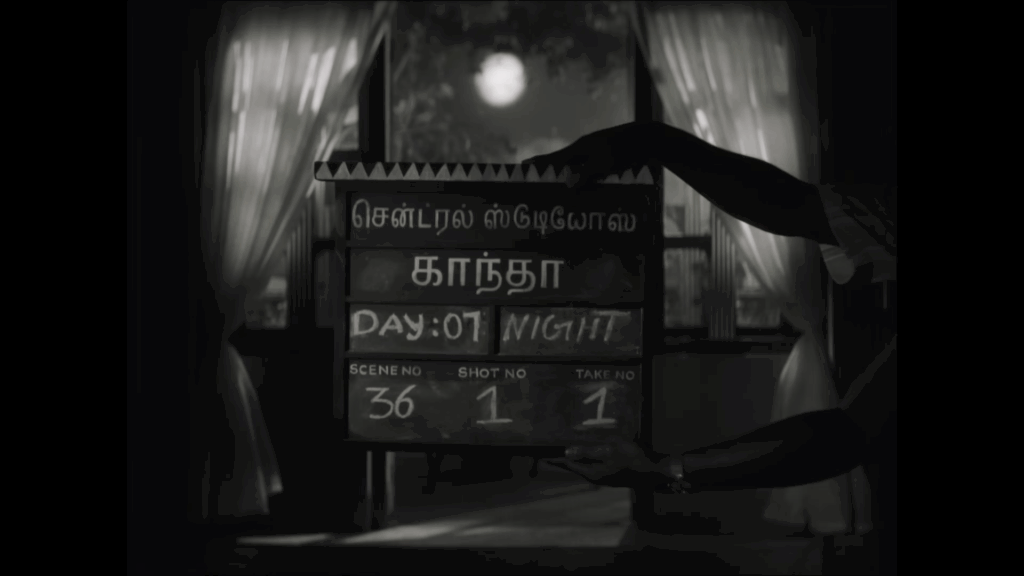
“This film demanded patience and courage. Every look needed honesty. Every frame needed purpose.”
Inspired by the Tamil classic Andha Naal, Dani studied the architecture, clothing, props, lighting equipment, and camera movements of the time. The team even recreated Mitchell-era dollies to echo authentic 1950s visual grammar.
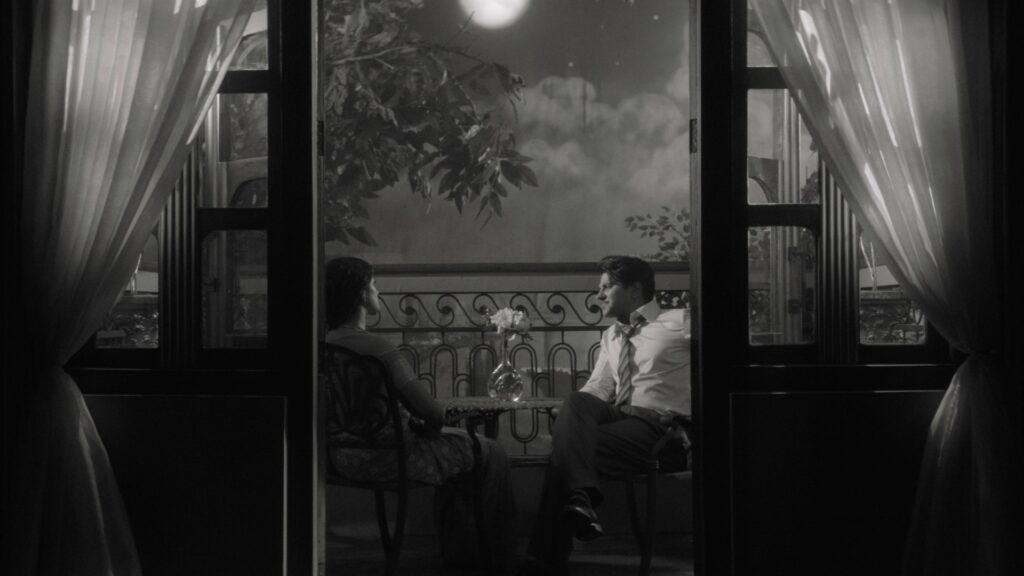
Hard lighting defined the period world
Soft lighting revealed the present-day reality
A blend of the two shaped the film-within-film zone
He used an expressive mix of old and new tools—tungsten units, ARRI HMIs, Nanlite, Aputure, and Skypanels to sculpt mood and depth.
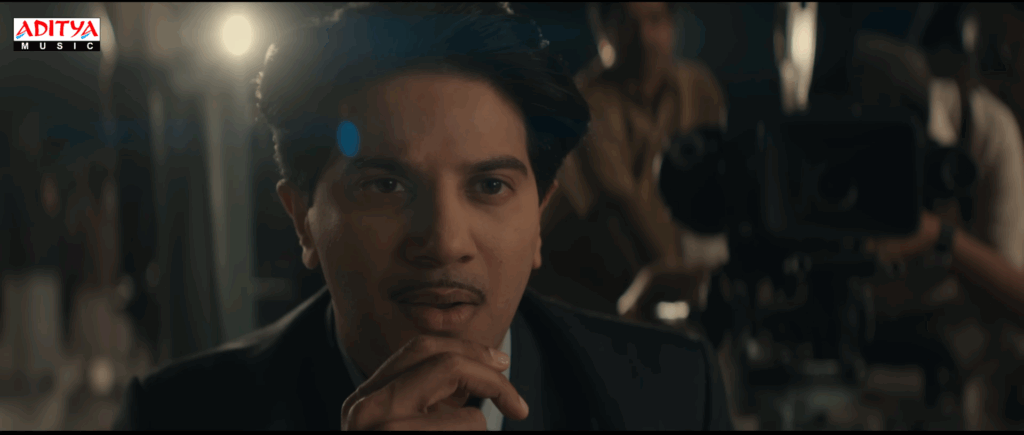
Normal focal lengths for fiction
Wide lenses for investigative realism
Rich frame-within-frame compositions influenced by Gregg Toland, making audiences feel as though they are “peeking through doors.”
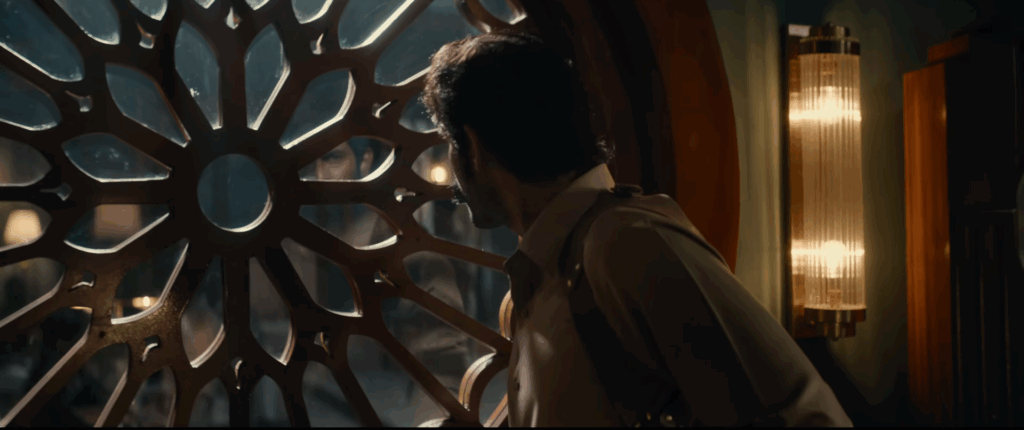
Dani’s long-standing admiration for Cooke goes back to his days in America. “Cooke lenses feel human. Their imperfection is beautiful—it breathes life into digital images.”
For Kaantha, he tested ten different lens sets and multiple camera bodies. Ultimately, the combination of Cooke Anamorphic Full Frame (Special Flare) with the Sony Venice 2 delivered unparalleled texture and emotional depth.
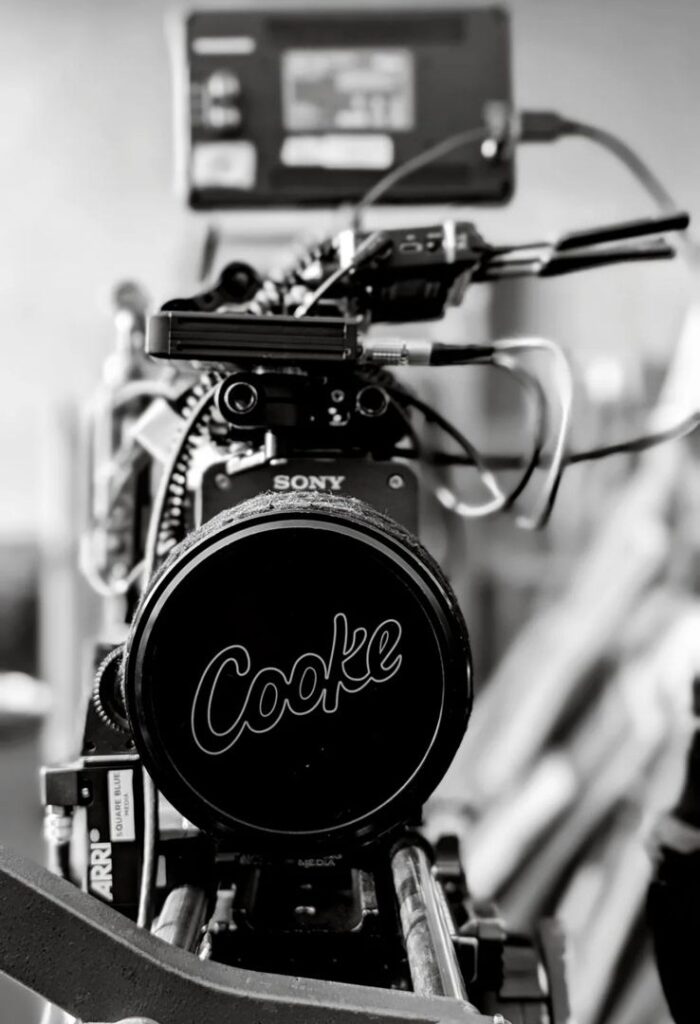
It allowed seamless movement between full frame and Super 35 formats
Special flare characteristics enriched the film’s dreamlike and suspenseful moments
Smoke, shadows, and flares interacted organically, creating living, breathing images
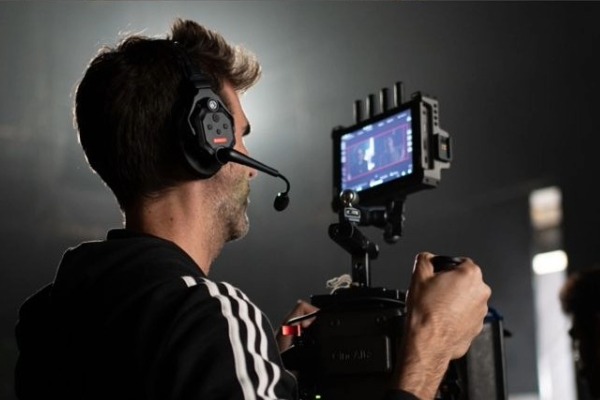
“Anamorphic lenses carry a flaw—and that flaw is magic. Cooke finds a balance between the clean digital format and the soul of analog.”
Dani even pushed exposures to extremes—overexposing by three stops—yet with his custom TRX B/W LUTs, the images remained smooth, detailed, and striking.

While audiences have celebrated the now-famous mirror sequence, Dani personally treasures the climax for its gentle simplicity.
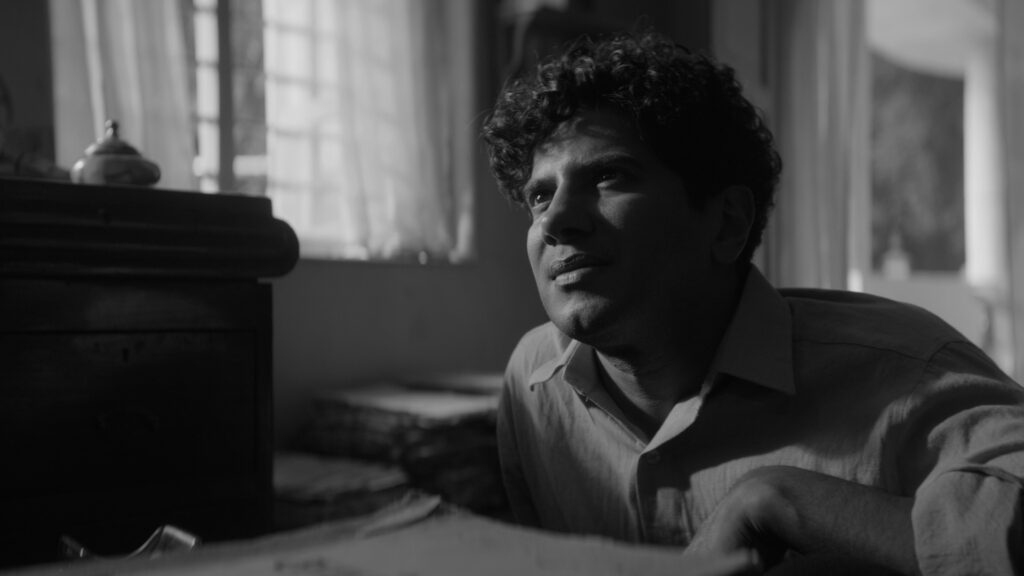
“It’s quiet, but emotionally loud. Those are the moments I live for.”
In a story that jumps across eras, emotions, and cinematic realities, Cooke lenses became a constant anchor.
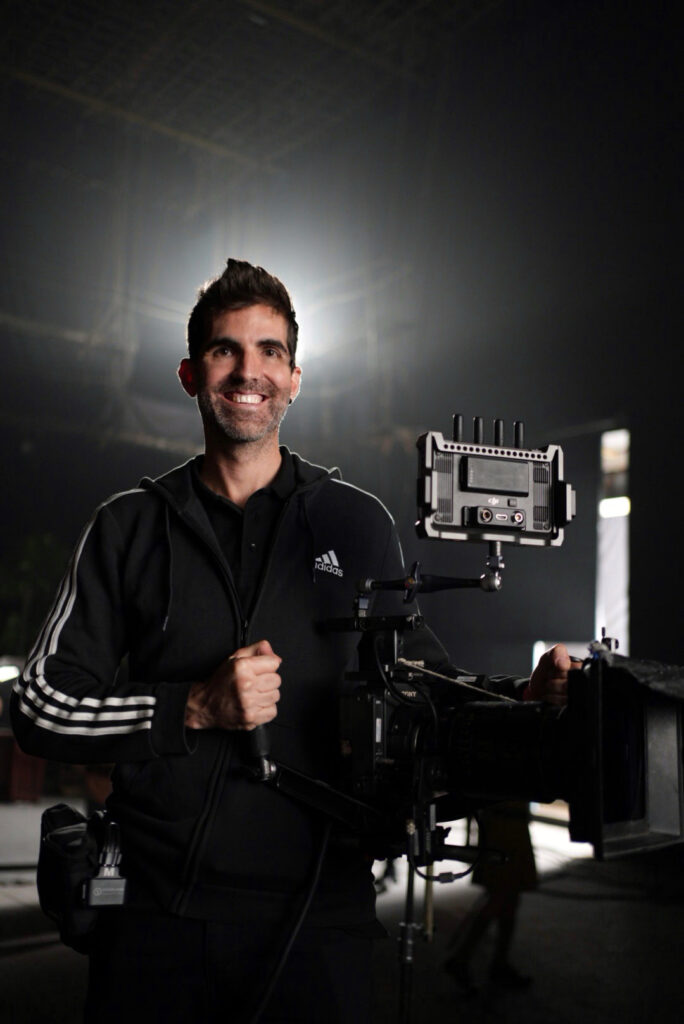
“We created three distinct visual worlds. Cooke gave me the versatility to transition between them without losing the soul of the film.”
Dani believes Kaantha is one of his most rewarding challenges a film that pushed his craft and reaffirmed why he fell in love with cinematography in the first place.

“Art keeps evolving. Cooke helps me evolve with it.”
Dani Sánchez Lopez | Director of Photography